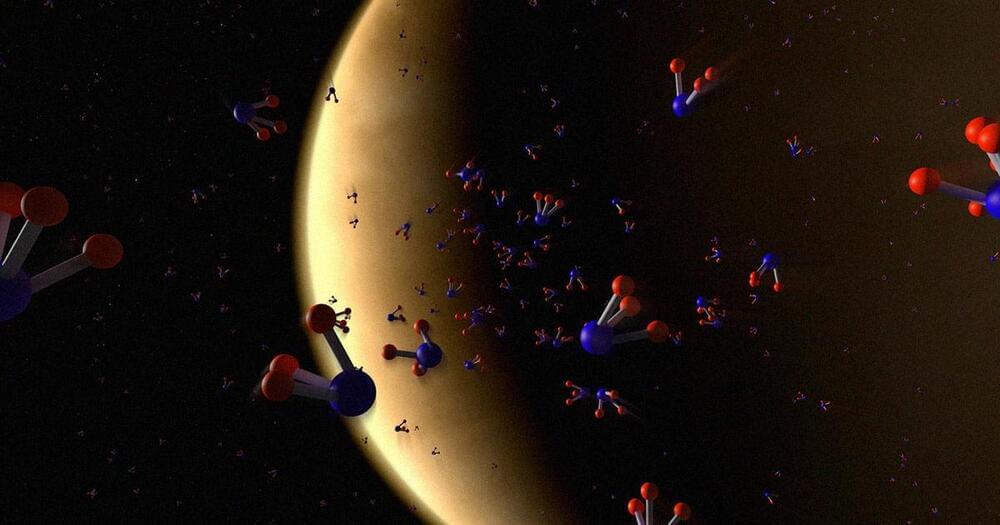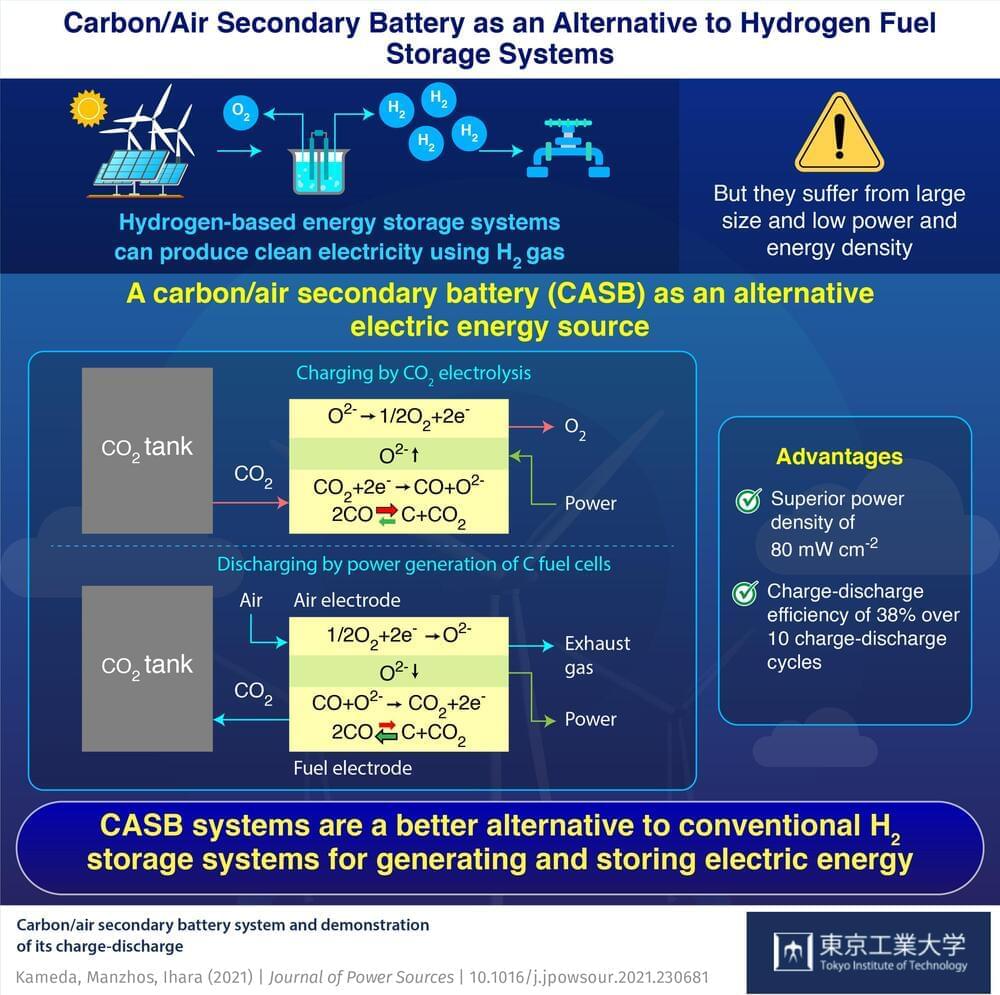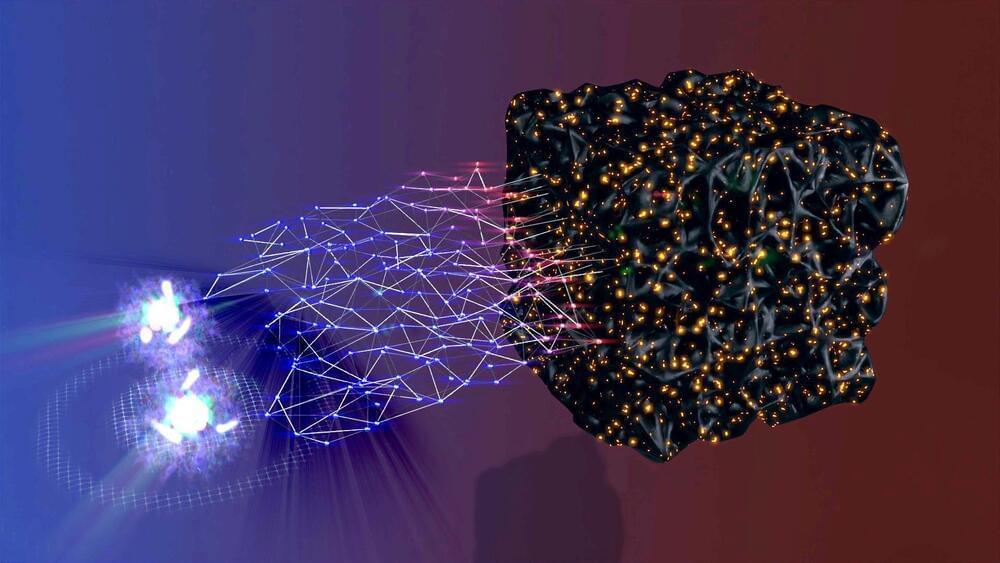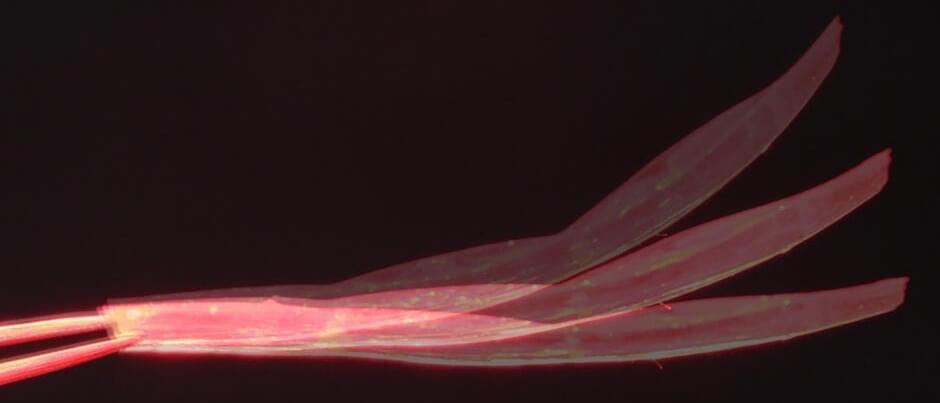The hypothesis remains a bit of a stretch: that clouds in the planet’s thick, carbon dioxide-filled atmosphere could harbor lifeforms that also happen to be resistant to the incredibly caustic droplets of sulfuric acid surrounding them.
And indeed, other scientists have also thrown cold water on the hypothesis, calling out the possibility of a processing error that throws the data itself into question.
But now, a new study is giving new life to the tantalizing theory. Sulfuric acid, MIT scientists say, could be neutralized by the presence of ammonia, which astronomers also suspect to be present in the planet’s atmosphere thanks to the Venera 8 and Pioneer Venus probe missions in the 1970s.









